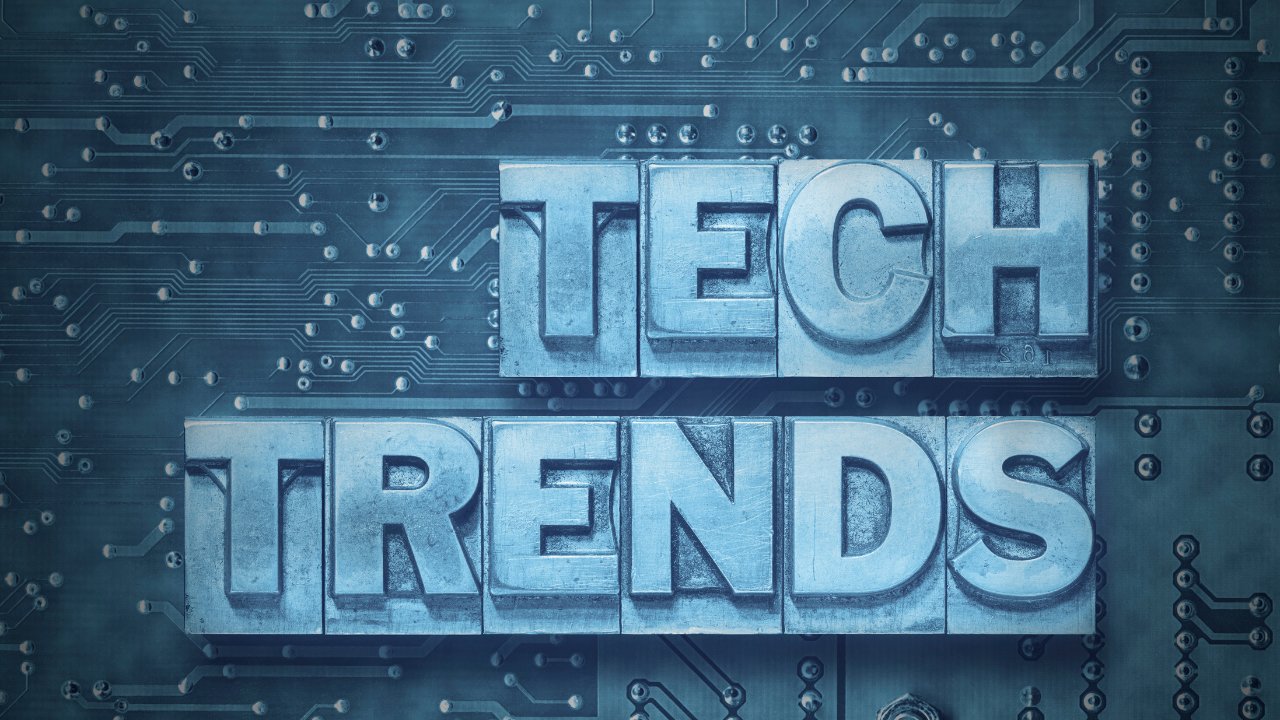The rapid evolution of technology is transforming not only how businesses operate but also how employees engage with their work. As we head into 2024, several emerging tech trends are set to reshape workforce dynamics. This blog explores these trends and their implications for organizations and employees alike.
1. AI and Automation: Redefining Roles
The integration of artificial intelligence (AI) and automation technologies is transforming industries, reshaping job roles, and redefining how work is performed. In 2024, organizations are increasingly leveraging these technologies to enhance efficiency, drive innovation, and optimize operations. As a result, understanding the implications of AI and automation on workforce dynamics is crucial for businesses aiming to thrive in this evolving landscape.
AI and automation are redefining roles in the workplace, offering opportunities for enhanced efficiency and innovation. By investing in employee training, fostering a culture of continuous learning, and redesigning work processes, organizations can navigate this transformation successfully. In 2024, embracing these changes will be essential for maintaining a competitive edge and empowering a workforce that is equipped to thrive in an increasingly automated world.
Impact on Workforce:
Job Redefinition: Many traditional roles will evolve, with a greater focus on strategic and creative tasks.
Upskilling Necessity: Employees will need to adapt by acquiring new skills to work alongside AI systems.
2. Remote and Hybrid Work Models
The shift to remote and hybrid work models has fundamentally transformed how organizations operate. As businesses adapt to this new landscape in 2024, understanding the implications of these work arrangements on productivity, employee engagement, and company culture is crucial. This article explores the benefits, challenges, and best practices for successfully implementing remote and hybrid work models.
As remote and hybrid work models become increasingly common in 2024, organizations must embrace this shift by prioritizing communication, collaboration, and employee engagement. By implementing best practices and addressing challenges head-on, businesses can create a productive and inclusive work environment that meets the needs of their diverse workforce. Navigating the future of work successfully will be essential for fostering innovation and maintaining a competitive edge.
Impact on Workforce:
Flexibility and Work-Life Balance: Increased flexibility leads to improved employee satisfaction.
Collaboration Tools: The rise of collaboration technologies enhances communication, but also requires new management strategies.
3. The Rise of the Gig Economy
The gig economy has rapidly gained momentum in recent years, reshaping the traditional employment landscape. As we move into 2024, this trend shows no signs of slowing down. With more individuals opting for freelance work, short-term contracts, and flexible job arrangements, understanding the implications of the gig economy is crucial for both workers and organizations.
The rise of the gig economy is transforming the nature of work in 2024, offering both opportunities and challenges for workers and organizations alike. By understanding this evolving landscape, businesses can adapt their hiring practices and support gig workers, while individuals can navigate their career paths in an increasingly flexible job market. Embracing the gig economy will be essential for fostering innovation and meeting the diverse needs of a modern workforce.
Impact on Workforce:
Talent Acquisition: Companies are increasingly tapping into freelance talent for specialized skills.
Job Security: This shift may lead to reduced job security for some but greater opportunities for others.
Analysis: Discuss the benefits and challenges of integrating gig workers into existing teams.
4. Employee Wellness Technologies
As organizations increasingly recognize the importance of employee well-being, wellness technologies are becoming integral to workplace culture. In 2024, these technologies are evolving to provide comprehensive support for physical, mental, and emotional health. This article explores the latest trends in employee wellness technologies, their benefits, and best practices for implementation.
In 2024, employee wellness technologies are essential for fostering a healthy and productive workplace. By investing in innovative solutions and creating a culture that prioritizes well-being, organizations can enhance employee satisfaction, engagement, and performance. As the landscape of workplace wellness continues to evolve, embracing these technologies will be crucial for supporting a thriving workforce.
Impact on Workforce:
Health Tracking Tools: Organizations are adopting wellness apps and platforms to support employee health.
Workplace Culture: A focus on well-being can foster a positive workplace culture and increase retention.
5. Virtual and Augmented Reality (VR/AR) for Training
As organizations seek innovative ways to enhance employee training and development, Virtual Reality (VR) and Augmented Reality (AR) are emerging as powerful tools. In 2024, these immersive technologies are transforming traditional training methods, offering interactive and engaging experiences that improve learning outcomes.
In 2024, Virtual and Augmented Reality are set to redefine employee training by providing immersive, engaging, and effective learning experiences. By leveraging these technologies, organizations can enhance skill development, improve retention, and foster a culture of continuous learning. As the adoption of VR and AR continues to grow, embracing these tools will be essential for staying competitive in a rapidly evolving workforce landscape.
Impact on Workforce:
Immersive Learning Experiences: These technologies enable realistic training simulations, enhancing learning retention.
Accessibility: VR/AR can make training more accessible and engaging, catering to diverse learning styles.
As we look toward 2024, these emerging tech trends will significantly influence workforce dynamics. Organizations that embrace these changes and invest in their employees' skills and well-being will be better positioned for success. The future of work is not just about technology; it’s about creating a responsive and adaptable workforce ready to thrive in a tech-driven world.







